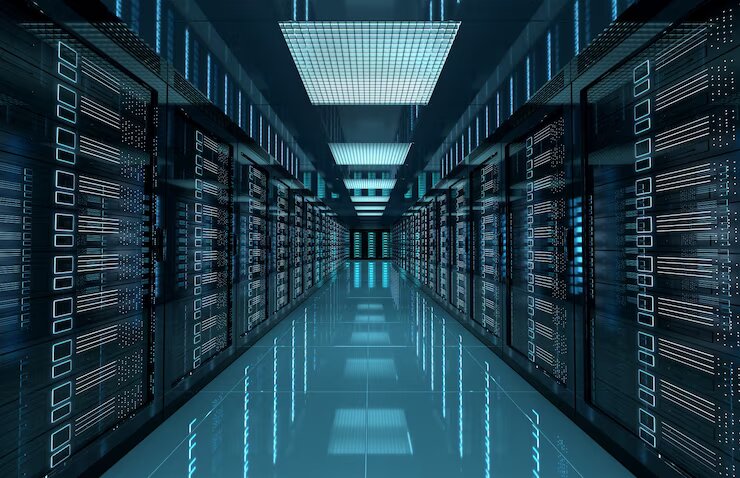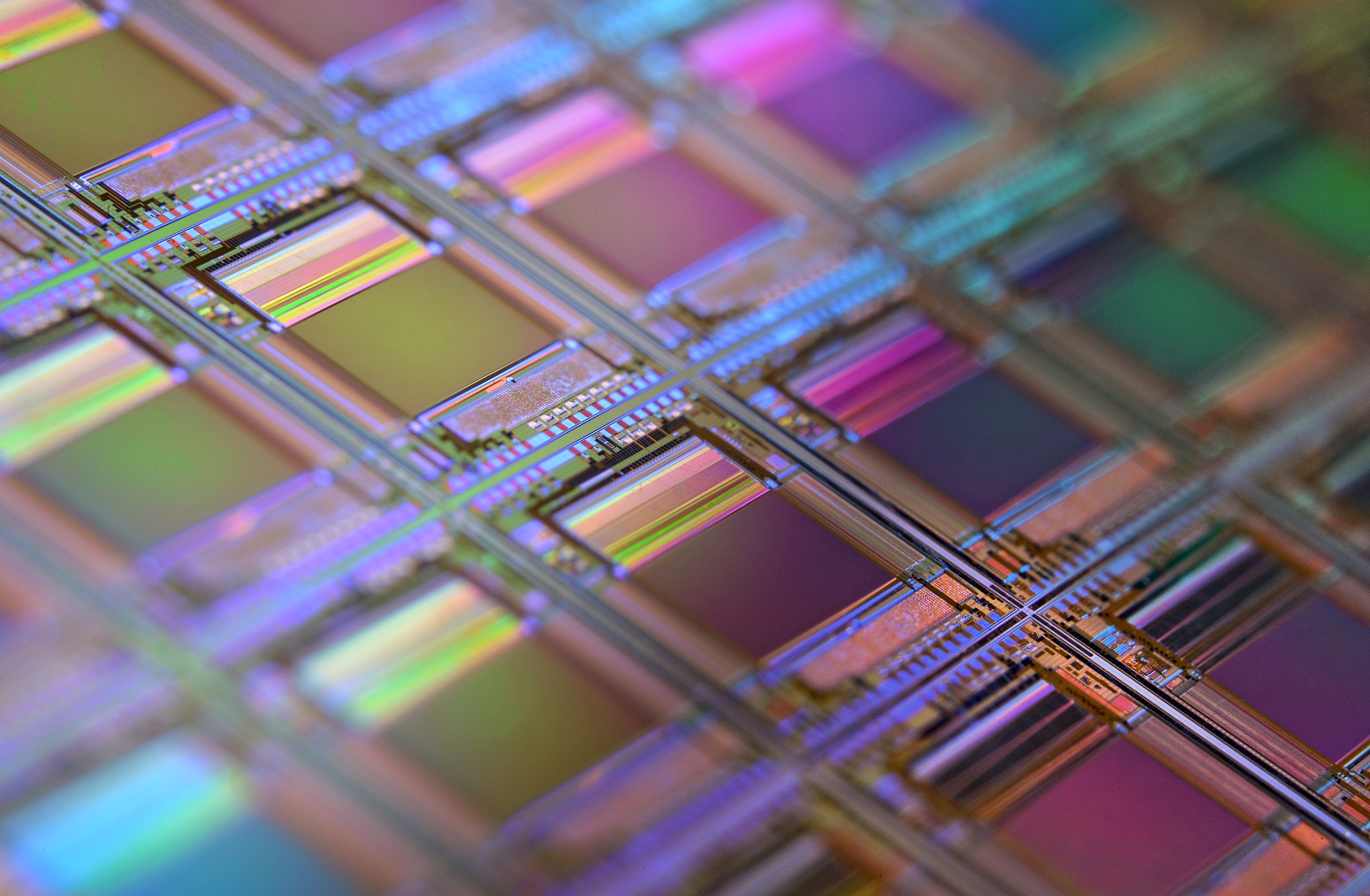Multi-agent systems are becoming increasingly important in the world of artificial intelligence, robotics, and machine learning. They have the potential to revolutionize many different areas of technology and science, from self-driving cars to medical diagnosis systems. But what exactly is a multi-agent system? And why should you care about them? In this article, we’ll explore the basics of multi-agent systems and why they are so important in the current technological landscape. We’ll also look at some of the possibilities that these systems offer for businesses and organizations looking to leverage cutting-edge AI technologies.
What are Multi-Agent Systems?
Multi-agent systems are a type of artificial intelligence where multiple agents interact with each other to accomplish a task. These agents can be software programs, robots, or even humans. Multi-agent systems are used in a variety of domains, including:
-Autonomous vehicles
-Smart homes
-Warehouse management
-Military simulations
Multi-agent systems offer many benefits over traditional artificial intelligence approaches. For example, they are more scalable and can handle more complex tasks. They also have the ability to learn from experience and adapt to changing environments.
The Benefits of Multi-Agent Systems
Multi-agent systems are a type of artificial intelligence that enables agents to work together to complete tasks or solve problems. There are many benefits of using multi-agent systems, including:
1. Increased Efficiency: Multi-agent systems can often complete tasks more quickly and efficiently than traditional AI systems. This is because each agent can work on a different part of the task simultaneously.
2. improved Robustness: Multi-agent systems are often more robust than traditional AI systems. This is because if one agent fails, the other agents can continue working.
3. Greater Flexibility: Multi-agent systems are typically more flexible than traditional AI systems. This is because they can be configured to work in different ways, depending on the task at hand.
4. Better decision-making: Multi-agent systems can often make better decisions than traditional AI systems. This is because each agent can offer its own unique perspective on the problem, which can lead to a more informed decision.
5. improved Scalability: Multi-agent systems can be easily scaled up or down, depending on the needs of the task at hand. This is due to the fact that each agent only needs to communicate with a limited number of other agents.
Multi-Agent Systems vs. Traditional AI
Multi-agent systems (MAS) are a relatively new field of AI that is rapidly gaining popularity. In contrast to traditional AI, which focuses on creating intelligent agents that can operate independently, MAS focuses on creating systems of agents that can work together to accomplish complex tasks. There are many potential advantages to using MAS, including the ability to solve problems that are too difficult for any one agent to solve alone, the ability to handle uncertainty and change, and the ability to scale up easily.
How to Implement Multi-Agent Systems
Multi-agent systems are a powerful tool for solving complex problems. But how do you go about implementing them? In this section, we’ll walk you through the process of designing and implementing a multi-agent system.
The first step is to identify the problem you want to solve with a multi-agent system. Once you’ve done that, you need to design the agents that will make up the system. This includes deciding on their capabilities and how they will interact with each other.
Once you’ve designed your agents, it’s time to implement them. This involves writing code to give them the abilities you decided on in the previous step. You’ll also need to write code to define how the agents interact with each other.
Once you’ve implemented your agents, it’s time to test them. This means running simulations or experiments to see how well they work together to solve the problem you’re trying to solve.
Finally, once you’re satisfied with how your multi-agent system works, it’s time to deploy it in the real world. This might involve integrating it into an existing system or deploying it as a standalone application.
Use Cases for Multi-Agent Systems
Multi-agent systems are often used to solve complex problems that are difficult for a single agent or system to solve. Multi-agent systems have been used in a variety of domains, including:
-Autonomous vehicles
-Intelligent transportation systems
-Power grid management
-Water resource management
-Finance and stock market analysis
-Manufacturing and supply chain management
-Robotics
-Environmental monitoring
Conclusion
Multi-agent systems have the potential to revolutionize the way many businesses and organizations operate. By leveraging the power of agents, it is possible to build sophisticated applications that can autonomously make decisions, coordinate with other agents, and adapt to changing conditions in real time. With their unique set of capabilities, multi-agent systems are an incredibly powerful tool for any organization looking for a competitive edge. We hope this introduction has given you some insight into why these technologies are worth exploring further.










